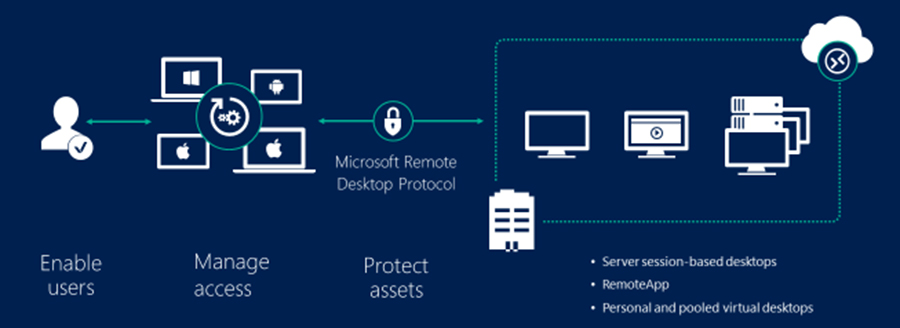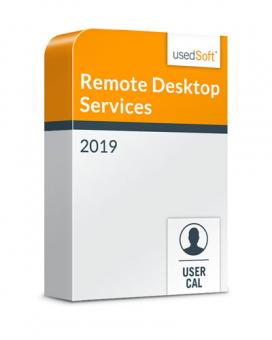

- #Rds cal vs user cal how to#
- #Rds cal vs user cal software license#
- #Rds cal vs user cal Pc#
- #Rds cal vs user cal license#
- #Rds cal vs user cal windows#
Each device connecting to a Remote Desktop Services VDI deployment needs a Per Device VDI CAL.
#Rds cal vs user cal windows#
In Windows Server 2008 R2, Remote Desktop Services provides the ability to deploy a virtual desktop infrastructure (VDI).

For more information, see Track the Issuance of Remote Desktop Services Per User Client Access Licenses. You can use the Remote Desktop Licensing Manager (RD Licensing Manager) tool to track and generate reports on the issuance of RDS Per User CALs.
#Rds cal vs user cal license#
To ensure that you are in compliance with the license terms, make sure that you track the number of RDS Per User CALs being used in your organization and that you have a sufficient number of RDS Per User CALs installed on the license server to provide an RDS Per User CAL for each user that needs to connect to the RD Session Host server. Failure to have an RDS Per User CAL for each user, if Per User licensing mode is being used, is a violation of the license terms.
#Rds cal vs user cal software license#
This does not absolve administrators from Microsoft Software License Terms requirements to have a valid RDS Per User CAL for each user. As a result, client connections can occur regardless of the number of RDS Per User CALs installed on the license server. RDS Per User CALs are not enforced by RD Licensing. When a client computer or device connects to an RD Session Host server for the second time, if the license server is activated and enough RDS Per Device CALs are available, the license server issues the client computer or device a permanent, RDS Per Device CAL.Īn RDS Per User CAL gives one user the right to access an RD Session Host server from an unlimited number of client computers or devices. When Per Device licensing mode is used, and a client computer or device connects to an RD Session Host server for the first time, the client computer or device is issued a temporary license by default. For more information, see Specify the Remote Desktop Licensing Mode on an RD Session Host Server. The Remote Desktop licensing mode configured on a Remote Desktop Session Host (RD Session Host) server must match the type of RDS CALs available on the license server. Paying attention to the details can save you a lot of money.There are two types of Remote Desktop Services client access licenses (RDS CALs): Plan carefully and understand you organization’s needs and only then purchase the correct licenses. Please be aware that if you are purchasing a Core CAL or Enterprise CAL suite, you are not able to mix and match the user and device licenses.

The optimized licensing scenario would be to purchase 4,000 User Cal’s (covering 8,000 Desktops) and 4,000 Device CAL’s for the entire organization, resulting in a cost savings of over 2,000 CAL’s.
#Rds cal vs user cal Pc#
There are 3,000 users that have 2 Desktops (on 2 separate networks), 1,000 users have both a Desktop and Laptop, 2,000 employees do not have access to a PC (Blue collar workers) and the remaining have 1 Desktop. The organization has 12,000 Desktops and Laptops and 10,000 employees (accessing Windows® and SQL Servers®), the simple solution would be to purchase either 12,000 Device CALs or 10,000 User CALs but let’s take a deeper look. Under these conditions, the correct licensing should be to purchase 410 User CALs and 30 Device CALs, this will save the company 60 CAL’S and provide a significant cost savings. If we take a deeper look into the organization, we see that they have a call center with 90 users in 3 shifts working on 30 Desktops. Let’s say you have an organisation with 500 users accessing Windows® and SQL servers® the default would be to purchase 500 Windows® User CALs and 500 SQL User CALs.
#Rds cal vs user cal how to#
Here are some examples to help you better understand how to calculate the needed licenses: Decide whether device or user CALs would be the better option.In order to determine which CAL is required, apply these simple rules: From October 2011, the default option for the Enterprise Agreement is per user but this is not always the best option. Both options are priced identically but the access rights differ.Ĭhoosing the right CAL for your organization can lead to significant cost savings. Microsoft® offers two types of Client Access Licenses (CALs) – User CALs and Device CALs. For many of Microsoft’s® server products such as Windows® Server and Exchange Server®, you are required to license the server as well as the Client accessing the server.


 0 kommentar(er)
0 kommentar(er)
